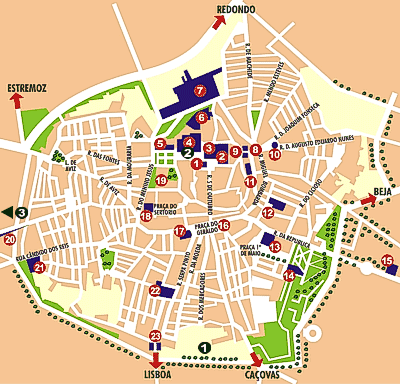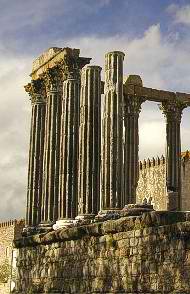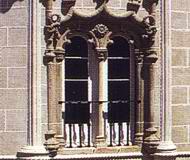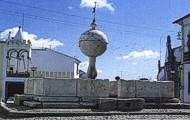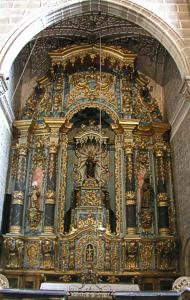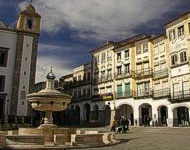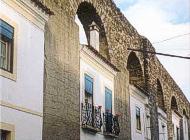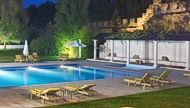|
Évora |
| Portugal > Tourism > Alentejo > Évora - The City | |
|
|
|
|
|
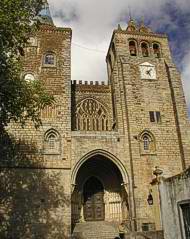 |
|
|
|
||
|
|
|
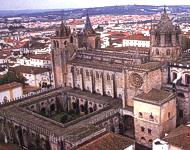 |
|
 |
|
| ACCOMODATION | ||
Next to the XIVth century city wall, between the Alconchel and Raimundo city gates, the Hotel M'AR De AR in right in the middle of the historic part of Evora. Its 91 rooms and suites follow this philosophy and do offer the comfort of the best hotels of the world without being similar to any of them. |
||
|
|
|
Previously the Monastery of the Lóios Monks, this historic building is now one of the most popular of the Pousadas of Portugal. A living document of Portuguese history, it is in the center of Evora, one of the most fascinating towns in Portugal and one of the few to be designated as a world heritage site by UNESCO. Opened in 1965, it has 32 rooms and a small swimming pool. It is well known for its restaurant. |
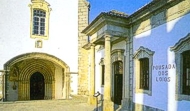 |
|
A friendly tasteful hotel with a large garden, 2 pools, suitable for families with children, serves great food in its award winning restaurant, located in Evora, World Heritage Site, only 1 hour from Lisbon airport. |
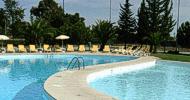 |
|
|
|
| Portugal > Tourism > Alentejo > Évora - The City | |
|
The City |
